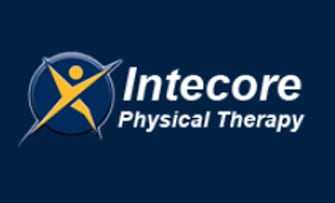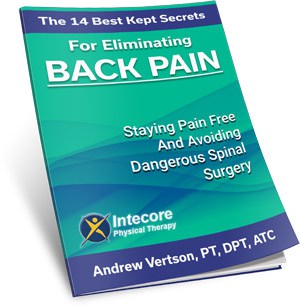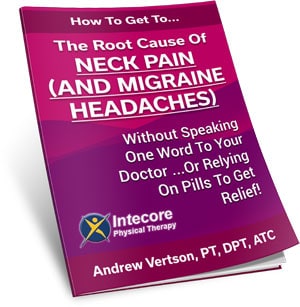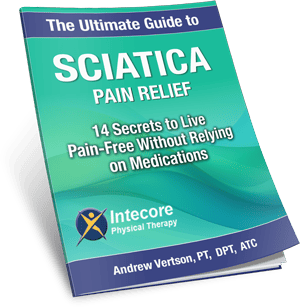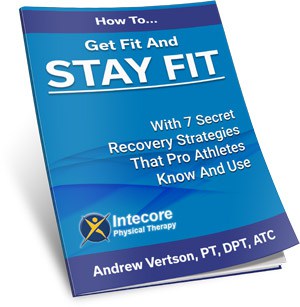What to Expect After an Arthroscopic Shoulder or Knee Surgery

Well, I tell them this: pain is very subjective, what one person might think is exasperating pain another might just shake off as being “a little sore”. All patients think they have a high pain tolerance, my experience say’s not so much. I have found most people that have participated in sports at the high school, college, or higher and women who had babies tend to have higher pain tolerances, but this not a stead fast rule. After having an arthroscopic procedure done, most orthopedists inject pain medicine into the joint before they close up the incisions. This pain medicine can last 12 hours to several days. Typically after a day or two of little pain, this wears off and the real fun begins. Typically you are sent home from surgery with pain medication, an ice machine, and some instructions on some home exercises. Do as you are instructed, if you sit on the couch and don’t move your shoulder or knee, your asking for more trouble. Yes, it typically does hurt to move your limb, but it’s going to hurt more if you wait to have the physical therapist do it.
So now you are any where from 3 days to 1 week post op and it’s time to start physical therapy. Now what we do with you is very dependent on what type of procedure you have had performed. There are too many to try and discuss them all, so I am going to speak in generalizations from here on. As physical therapists (PT’s) the first thing we will do is work on pain and swelling. Ice, massage, electrical stimulation are all things that will be done to help with this. As your pain and swelling diminish the next thing we will do is work on the range on motion (ROM) of the joint, and quite often the joints above and below the surgical area as they are typically affected as well. This is done by the PT manually moving the joint, by you moving the joint and a combination of both. This can be painful, and typically is, but you will find as your ROM improves, your pain level will decrease.
As your ROM increases and your pain levels decrease, now it’s time to start strengthening. Many times this is done without weights early on. Just moving your limb in certain patterns and against gravity can be fatiguing enough. As you progress throughout this process, weights are added, sport specific exercises are added if needed and functional exercises are added as well to help you perform your Activities of Daily Living (ADL’s). Now I have not mentioned one big thing…….Walking/Gait. This is typically done as quickly as possible with a few exceptions (surgical procedures that don’t allow for weight bearing for a specific time). Resuming a normal gait pattern is important for many reasons; mostly it allows the patient to resume a normal lifestyle faster and helps with the healing process.
OK, so now you have a little understanding on the process of recovering from an arthroscopic surgery. It’s important to remember that many things affect the healing process. Things that can slow down the healing would be smoking, not getting proper rest, being too active too soon (which can cause increased swelling and pain), and most importantly not doing the home exercises that you have been given by your physical therapist. Any or all of these things will slow down your healing.
If you have any further questions, please feel free to contact us at INTECORE Physical therapy.
- What Is Gout? Why It Happens and What You Can Do About It - November 17, 2025
- 3 Essential Back-Saving Tips You MUST Know Before Any Workout - November 14, 2025
- Are You Experiencing Shoulder Pain from Sleeping Wrong? - October 21, 2025

